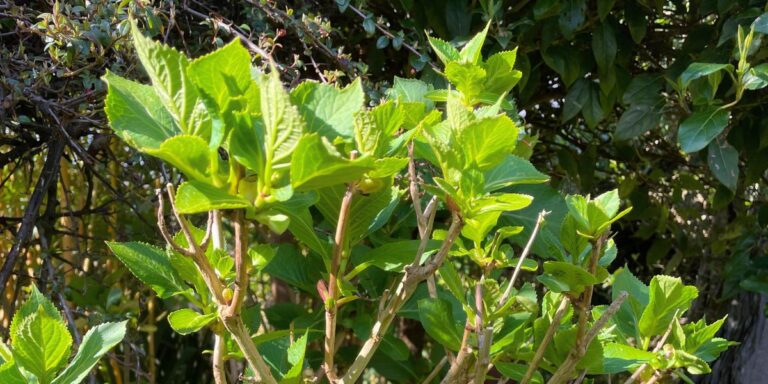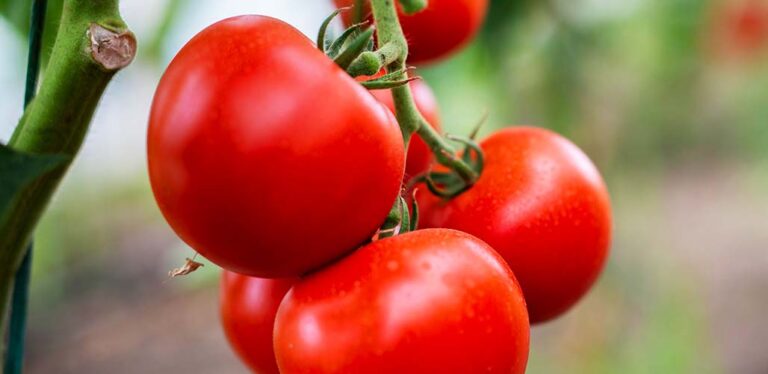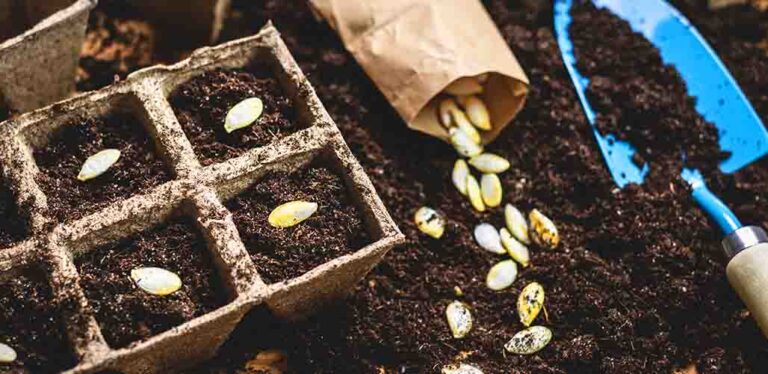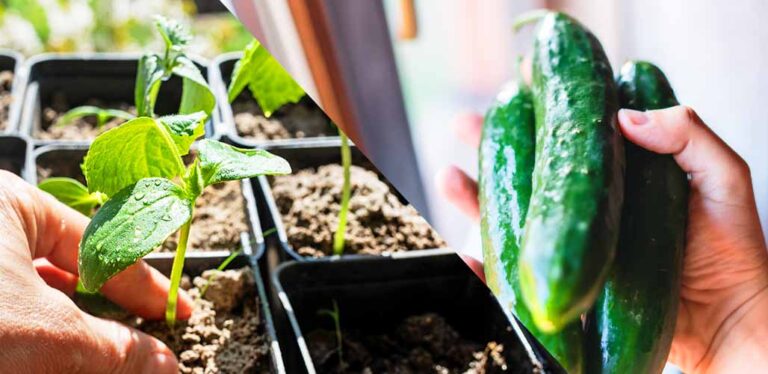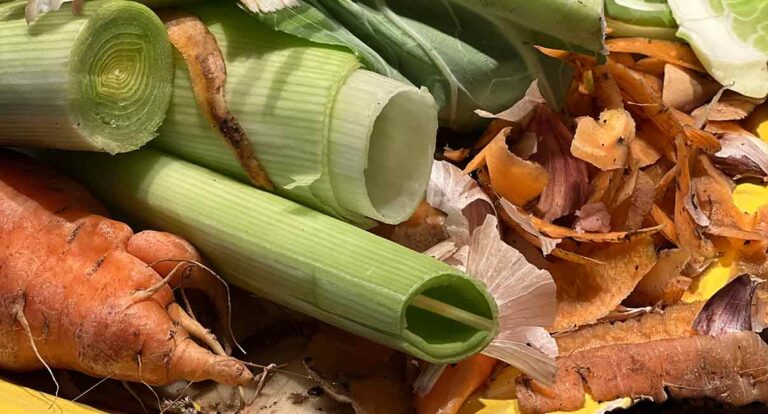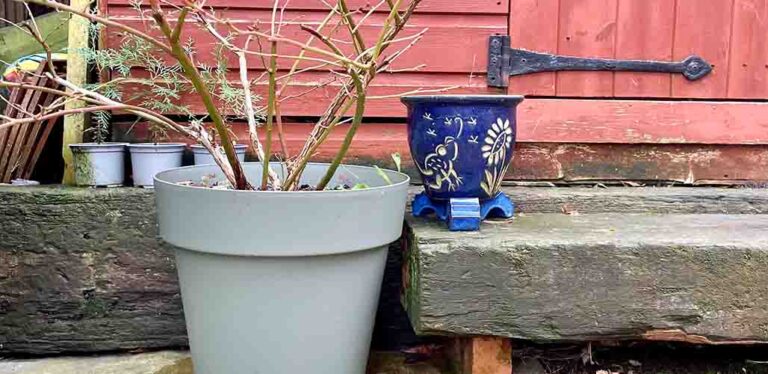Shrubs That Love Alkaline Soil And Tips For Helping Them Thrive
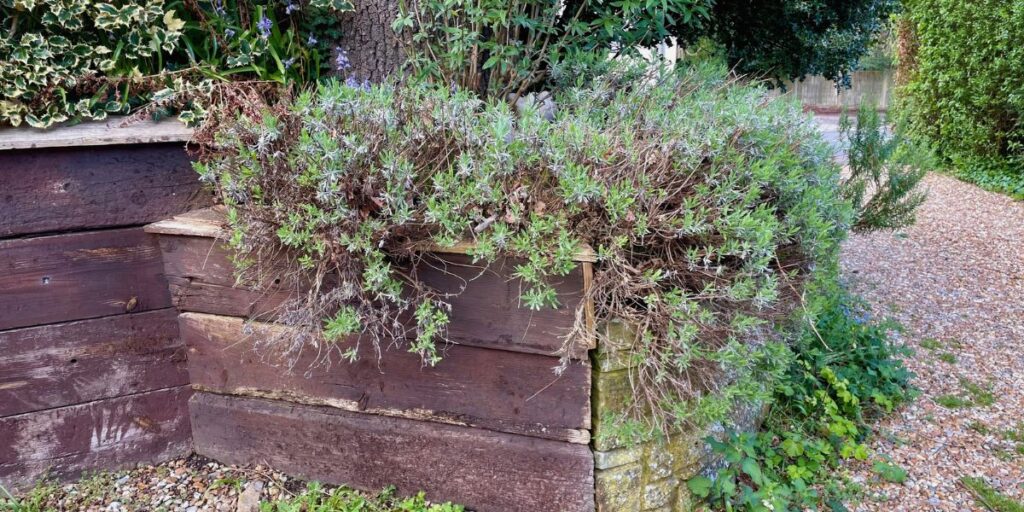
Most soils are pH neutral or slightly acidic. Alkaline soils are uncommon, and usually the result of very specific local geology – namely sitting on a bedrock of chalk or lime. This is most often seen in Europe, but there are pockets of chalky, alkaline soil in Texas, Kansas and Nebraska too. Soil can also end up alkaline if you overcompensate for acidity by adding too much lime. This can take several months or even a whole growing season to correct itself, but the problem probably won’t last long enough to justify planting specifically alkaline-loving plants. If you’re in the unusual position of gardening on consistently alkaline soil, here are a dozen shrubs that grow happily in high-pH conditions. Any one of them will add beauty, impact and structure to your outdoor space!
- Choosing shrubs for alkaline soil
- 12 shrubs that love alkaline soil
- Tips for helping your shrubs to thrive
Choosing shrubs for alkaline soil
Alkaline soil contains high concentrations of calcium carbonate – chalk, to you and me. Calcium carbonate inhibits plants’ root growth, and also prevents the roots from absorbing some essential nutrients, such as iron. Shrubs which will thrive in alkaline soils are those which are adapted to grow in dry, poor-quality, low-nutrient soils anyway. Such as the lavender and rosemary bushes found on sunbaked and rocky Mediterranean hillsides.
Remember that besides choosing a shrub which can tolerate alkaline soil conditions, you also need to select a plant which will be well-matched to its location in other ways. For example, consider:
- How exposed (windy) the site is.
- How much sunshine it gets in a day.
- The maximum summer temperature, and how cold it gets in winter.
- Whether there is enough space for your shrub to reach its normal mature size.
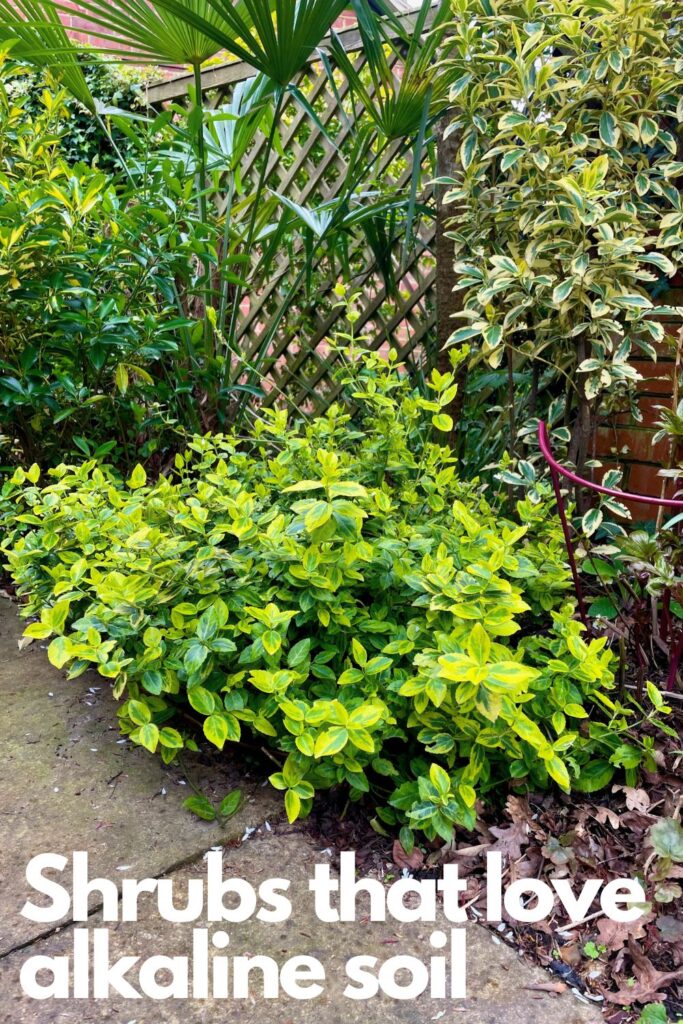
12 shrubs that love alkaline soil
Here are a dozen of the most versatile shrubs which survive and thrive on alkaline soils. It’s not an exhaustive list – I’ve tried to give an idea of the breadth of options available, so that no matter what kind of yard you have, you’ll find at least a couple of options for you here.
1. Arbutus
Arbutus are a family of shrubs that include strawberry trees (Arbutus unedo) and Texan madrone (Arbutus xalapensis). They usually have long oval leaves, small white or pink bell-shaped flowers, inedible fruits that resemble strawberries, and ornamental peeling bark. They like a sunny spot, and thanks to their flowers, fruit and unusual bark, they’re interesting to look at all year round. So they can provide a valuable focal point in medium to large yards in warm regions. Unfortunately, they’re not suited to northern gardens (hardiness zone 4 or below).
2. Japanese barberry
Japanese barberries (Berberis spp) are an unfussy and versatile family of shrubs. Since they have prickly foliage reminiscent of miniature holly leaves, evergreen varieties are a popular choice for boundary hedges to deter intruders. Alternatively, you might have your head turned by one of the deciduous varieties. These put on a bright display of fall color, from rich golden yellows to fiery reds. In fact, there’s a Japanese barberry in just about every color your can imagine, from deep purple through to bright pink with yellow margins around the leaves. You could fill a yard with all the different types!
3. Californian lilacs
Blue-flowered shrubs are pretty unusual, and if you’re green with envy that your hydrangeas can’t produce blue flowers in your alkaline soil, then Californian lilac (Ceanothus impressus) is the shrub of your dreams. They’re native to the whole Pacific coast, and they like plenty of sunshine, well-drained soil, and an easy lifestyle (no heavy weather or brutally cold winters). In the right spot, they grow rapidly and produce masses of blue flower heads. But they do tend to be relatively short lived – most look past their best and need replacing after 10 years or so.
4. Cotoneaster
Cotoneaster is hard to love, spiky as heck, often invasive, and I probably wouldn’t include it at all if it wasn’t technically a correct answer to ‘what shrubs can I grow in alkaline soil’. But the flowers are a useful source or nectar for pollinating insects, and lots of garden birds enjoy the berries in fall. If you have a lot of space to fill, low-growing cotoneaster shrubs are also handy for providing ground cover, and suppressing the weeds that would simply fill the space instead. So they definitely have value, especially for gardeners trying to create a wildlife friendly space. I probably shouldn’t be so hard on them!
5. Forsythia
Forsythias (Forsythia spp) flower in early spring before their leaves open, so they’re a great addition to your alkaline garden if your goal is to achieve visual interest in as many months of the year as possible. The timing of their flowers – not to mention their cheery yellow color – makes them popular for cutting and bringing indoors to decorate at Easter too. Forsythias are very hardy and cold tolerant, but dislike deep shade. They’re also moderately slow growing – the only time I’ve planted one, my husband inadvertently ran it over with the lawn mower the following spring, because it was still so small!
6. Honeysuckle
Most people are already familiar with climbing honeysuckles, but did you know you can also get shrubby honeysuckles? Shrubby honeysuckles which grow well on alkaline soil include:
- Fragrant winter-flowering types (Lonicera fragrantissima)
- Summer-flowering varieties with bright red blossoms and berries (Lonicera tatarica ‘Hack’s Red’)
- And even evergreen options (Lonicera crassifolia).
Aesthetically, they’re best suited to cottage and woodland-inspired gardens – in the nicest possible way, they’re a bit scruffy looking! They like evenly moist soil which is neither super dry, nor waterlogged. They don’t mind a bit of shade, but they don’t tend to flower well in heavy shade.
7. Hydrangea
Hydrangea shrubs bring a wonderful old-fashioned elegance to any garden. They’re perhaps best known for having flowers that change color depending on whether they’re growing in acidic or alkaline soils. Hydrangeas in ericaceous (acid) soil produce blue blossoms, and hydrangeas in neutral or alkaline soil make pink flowers. Or for something a bit different, take a look out for white-flowered varieties of Hydrangea paniculata, which bear long cones of snowy blossoms. Hydrangea paniculata is an excellent low maintenance shrub for uncomplicated gardens too – just chop it right down to 6” tall in spring, and it will regrow every year.
8. Japanese spiraea
Japanese spiraea (Spiraea japonica) is an easy to grow deciduous shrub, which reaches about 4’ tall and wide. It’s a good choice for small spaces, and it will happily do its thing in most conditions, including all soil types, exposed and windy spots, shaded areas, and relatively dry soils. It produces large, flattish flowerheads with lots of tiny pink flowers in midsummer, which make perfect little landing pads for bufferflies. Choose from traditional cultivars with lush, emerald green leaves, or why not ‘Goldflame’, which has leaves that start red and turn yellow as they mature?
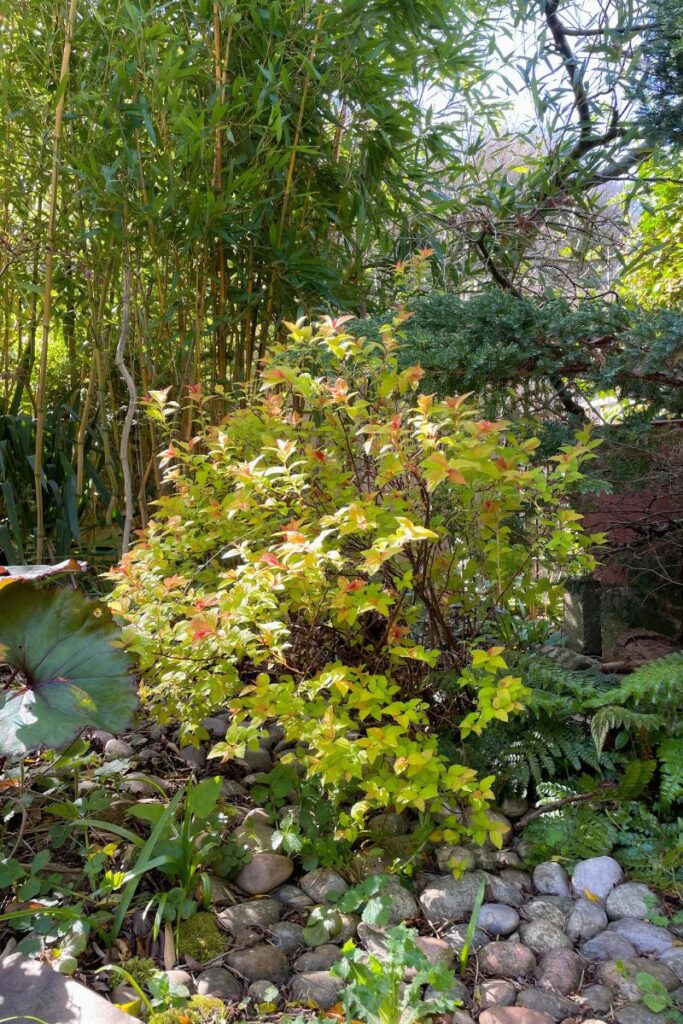
9. Lavender
The lavender at the corner of our driveway is one of the star plants in our yard. It sits in poor, dry soil at the base of a huge tree, gets baked by the sun all summer long, and looks effortlessly Mediterranean and gorgeous. And of course it smells incredible. If you love lavenders as much as I do, you can plant several different types, for maximum impact:
- English lavender, a.k.a. Common Lavender (Lavandula angustifolia) is perhaps the best known. Each flower stem has dozens of bracts (tiny flower-like structures) at the top, in purple, pink or white.
- French lavender (Lavandula dentata) is slightly less perfumed, but only the bracts at the tip of each flower spike open, resulting in a charming tufty look.
- Portuguese lavender (Lavandula latifolia) is the most fragrant of all, but also the least cold hardy and most likely to struggle if you have wet and freezing winters in your area.
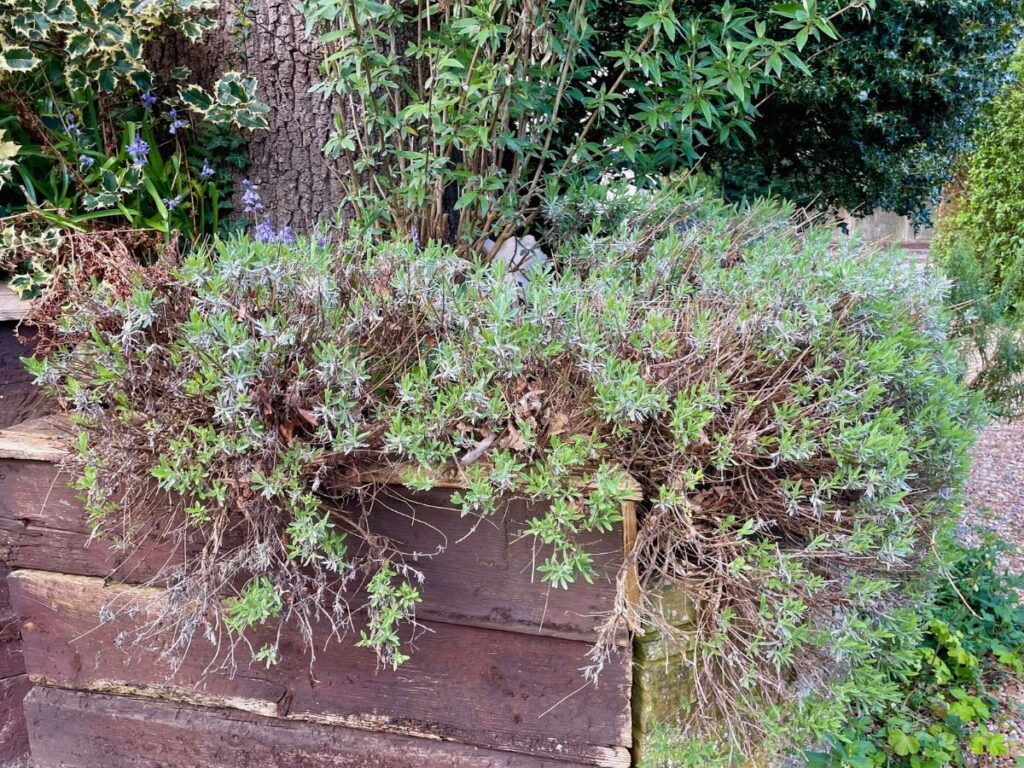
10. Lilac
If you have a large yard on alkaline soil, then you simply must plant a lilac shrub. Why a large yard? Well, for a start, they’re big plants, reaching 12 – 24 feet tall. And secondly, whilst lilac blossom is peerlessly lovely and deliciously fragranced, it’s relatively short lived, and there’s not a lot to look at once it’s over. So in a smaller space, other shrubs are more hard-working when it comes to providing year-round interest. But if you do have space for a lilac alongside some other shrubs, they’re happiest on alkaline to neutral soils. They like a lot of sunshine, and they can withstand fairly exposed, dry sites.
11. Rosemary
Just like lavender, rosemary (Salvia rosmarinus) is a tough Mediterranean shrub which grows vigorously on poor, dry, and alkaline soil. Its fragrant, needle-like leaves are instantly recognizable, and if you enjoy cooking you’ll love having a ready supply of them on your doorstep. A full-size rosemary shrub reaches about 5’ tall, but it’s easily kept smaller by pruning after it has flowered. Speaking of flowers, you can choose from blue, pale purple, or pink, and whichever you select they’ll be a magnet for bees. In fact, honey from bees which feed almost exclusively on rosemary blossom is a delicacy in Spain.
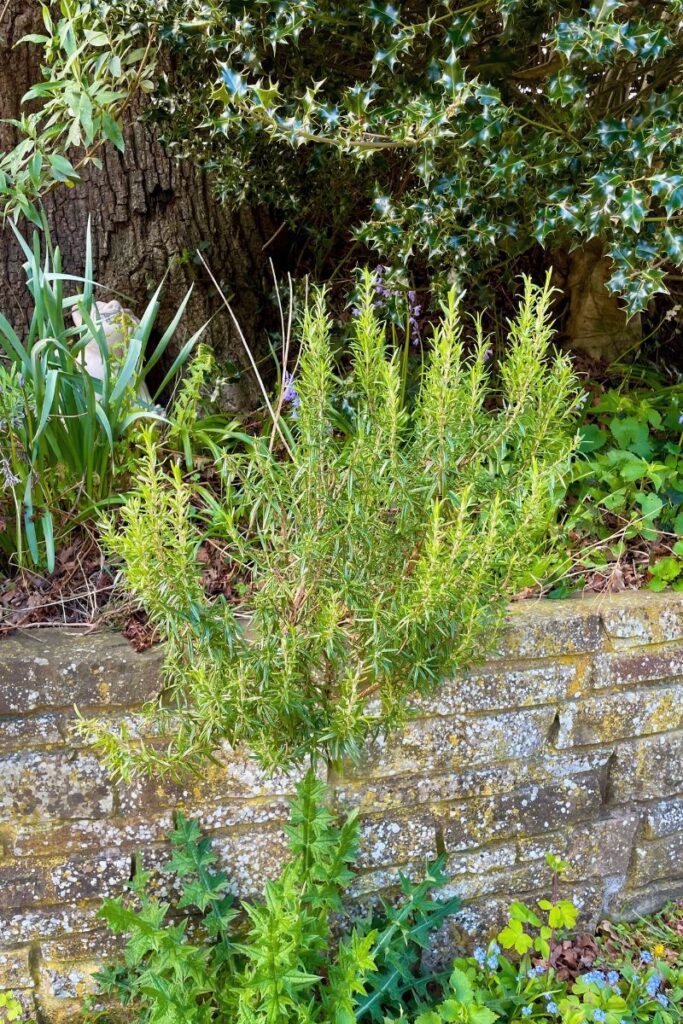
Rosemary is also a fantastic choice for yards that kids like to play in. They can withstand a lot of damage, and just keep growing back!
12. Smoke bushes
Smoke bushes (Cotinus spp) are so-called because their flowers look like clouds of smoke. They’re beautifully whimsical, and colorful to boot – their leaves can be bright green, red or even purple. In fall, they put on a dazzling display of red, pink and yellow foliage. They’re hardy in most conditions, and if you like bringing cut flowers from your garden into your home, then you’ll love adding a few stems of smoke bush too.
Tips for helping your alkaline-loving shrubs to thrive
To get the most out of your shrubs, make sure it’s not just the pH of your soil which is right for the plant of your choice. Lavender for example needs plenty of sunshine and well drained soil – it will struggle in waterlogged soil or deep shade. Hydrangeas on the other hand need soil that retains plenty of moisture, so dig compost or manure into the ground before you plant one, and mulch around their base to prevent evaporation.
Since alkaline soils can stunt root development, and make some nutrients from the soil unavailable to plants, some shrubs on alkaline soil might benefit from a foliar feed instead. Foliar feeds are fertilizers which you spray onto plant’s leaves instead of applying to the ground. You can find them in garden centers and online.
Shrubs that love alkaline soil – summary
Alkaline soil can present some gardening challenges, but finding shrubs that love alkaline soil doesn’t have to be one of them. This article is just a snap shot of the options available to you. Remember to check that the plants you pick will be happy with the other aspects of their location as well, such as the amount of sunlight they’ll get, and the lowest winter temperature they will experience.
Let us know which shrubs you’ve tried on alkaline soil and how they performed using the comments box down below!

